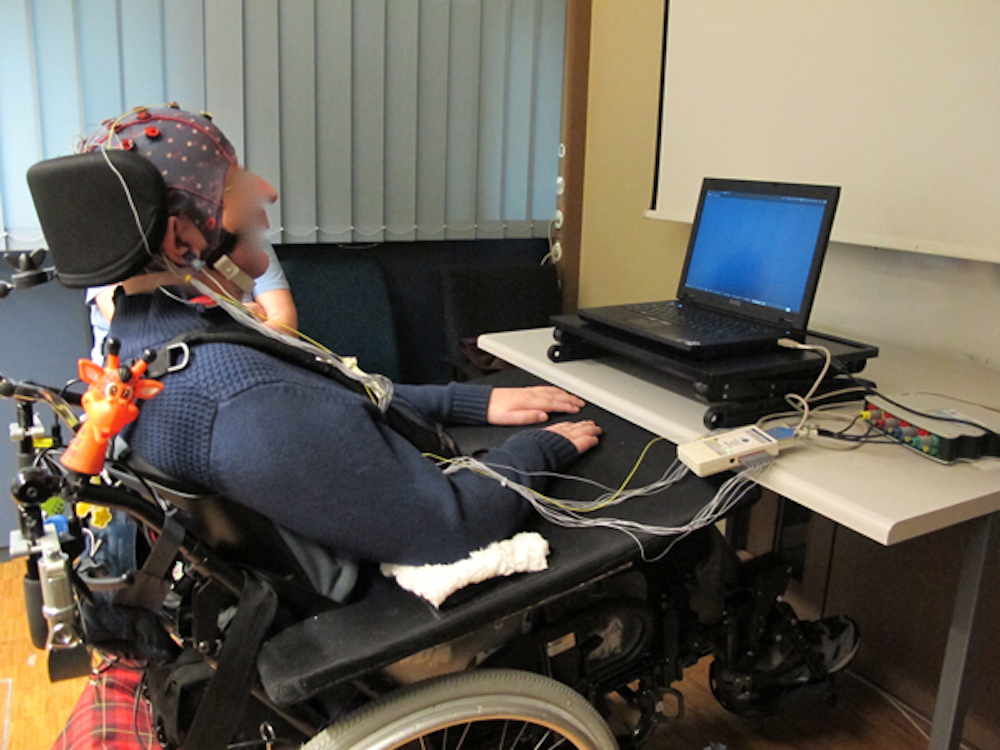

To be taken into consideration by patients on a controlled sodium diet.ĭouble-blind placebo-controlled clinical or pharmacoclinical trials, of which quantified safety data are available (extracted from the UCB Documentation Data Bank on June 1997), included more than 3000 subjects receiving piracetam, regardless of indication, dosage form, daily dosage or population characteristics. This product contains about 1 mmol (or about 23 mg) sodium per 24 g piracetam.

Glycerol: may cause headache, stomach upset and diarrhoea. Methylparahydroxybenzoates and propylparahydroxybenzoates: may cause allergic reactions (possibly delayed). Piracetam is eliminated via the kidneys and care should thus be taken in cases of renal insufficiency.įor long-term treatment in the elderly, regular evaluation of the creatinine clearance is required to allow dosage adaptation if needed.Ībrupt discontinuation of treatment should be avoided as this may induce myoclonic or generalised seizures in some myoclonic patients. It is advisable to follow each dose with a drink of water or a soft drink to reduce the bitter taste of the solutionĭue to the effect of piracetam on platelet aggregation, caution is recommended in patients with severe haemorrhage, patients at risk of bleeding such as gastrointestinal ulcer, patients with underlying disorders of haemostasis, patients with history of haemorrhagic cerebro-vascular accident (CVA), patients undergoing major surgery including dental surgery, and patients using anticoagulants or platelet antiaggregant drugs including low dose acetylsalicylic acid. It is recommended to take the daily dose in two to four sub-doses. Piracetam should be administered orally, and may be taken with or without food. In patients with hepatic impairment and renal impairment, adjustment of dose is recommended (see 'Dosage adjustment in patients with renal impairment' above). No dose adjustment is needed in patients with solely hepatic impairment. Usual daily dose, divided in 2 to 4 dosesĢ/3 usual daily dose, divided in 2 or 3 doses The CLcr in ml/min may be estimated from serum creatinine (mg/dl) determination using the following formula: To use this dosing table, an estimate of the patient's creatinine clearance (CLcr) in ml/min is needed. Refer to the following table and adjust the dose as indicated. The daily dose must be individualized according to renal function. For long term treatment in the elderly, regular evaluation of the creatinine clearance is required to allow dosage adaptation if needed. This should be done by reducing the dose of piracetam by 1.2 g every two days (every three or four days in the case of a Lance and Adams syndrome, in order to prevent the possibility of sudden relapse or withdrawal seizures).Īdjustment of the dose is recommended in elderly patients with compromised renal function (see 'Dosage adjustment in patients with renal impairment' below). In patients with an acute episode, spontaneous evolution may occur over time and an attempt should be made every 6 months to decrease or discontinue the medicinal treatment. Once started, treatment with piracetam should be continued for as long as the original cerebral disease persists. Depending on the clinical benefit obtained, the dosage of other such medicinal products should be reduced, if possible. Treatment with other anti-myoclonic medicinal products should be maintained at the same dosage. The daily dosage should begin at 7.2 g increasing by 4.8 g every three to four days up to a maximum of 24 g, divided in two or three doses.


 0 kommentar(er)
0 kommentar(er)
